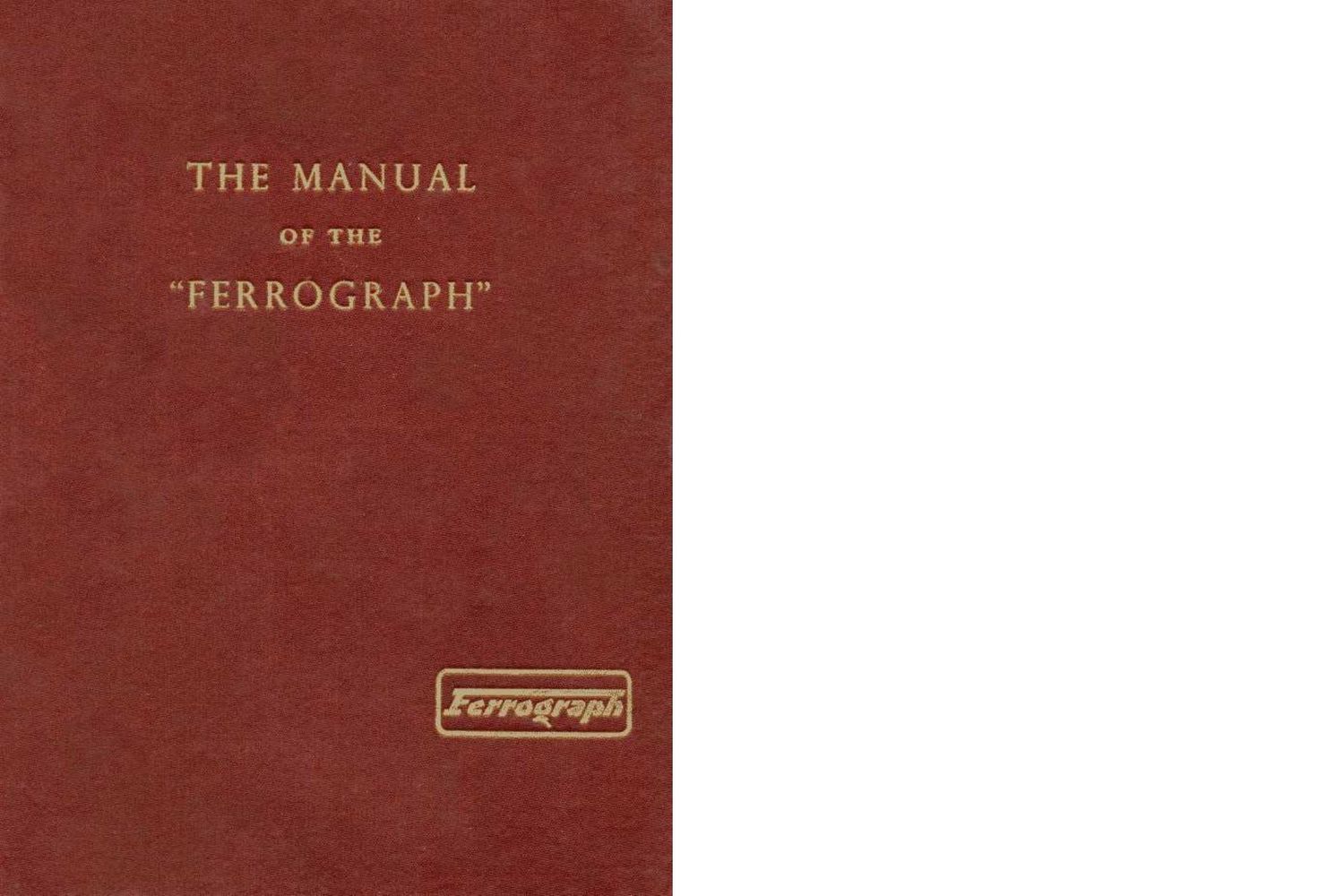Ferrograph 2 A N Owners Manual
This is the 62 pages manual for Ferrograph 2 A N Owners Manual.
Read or download the pdf for free. If you want to contribute, please upload pdfs to audioservicemanuals.wetransfer.com.
Page: 1 / 62
